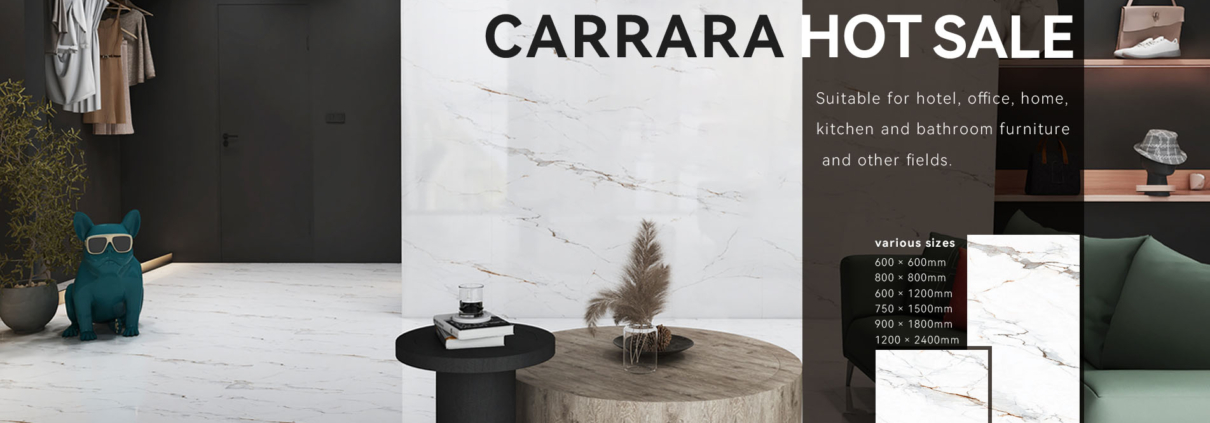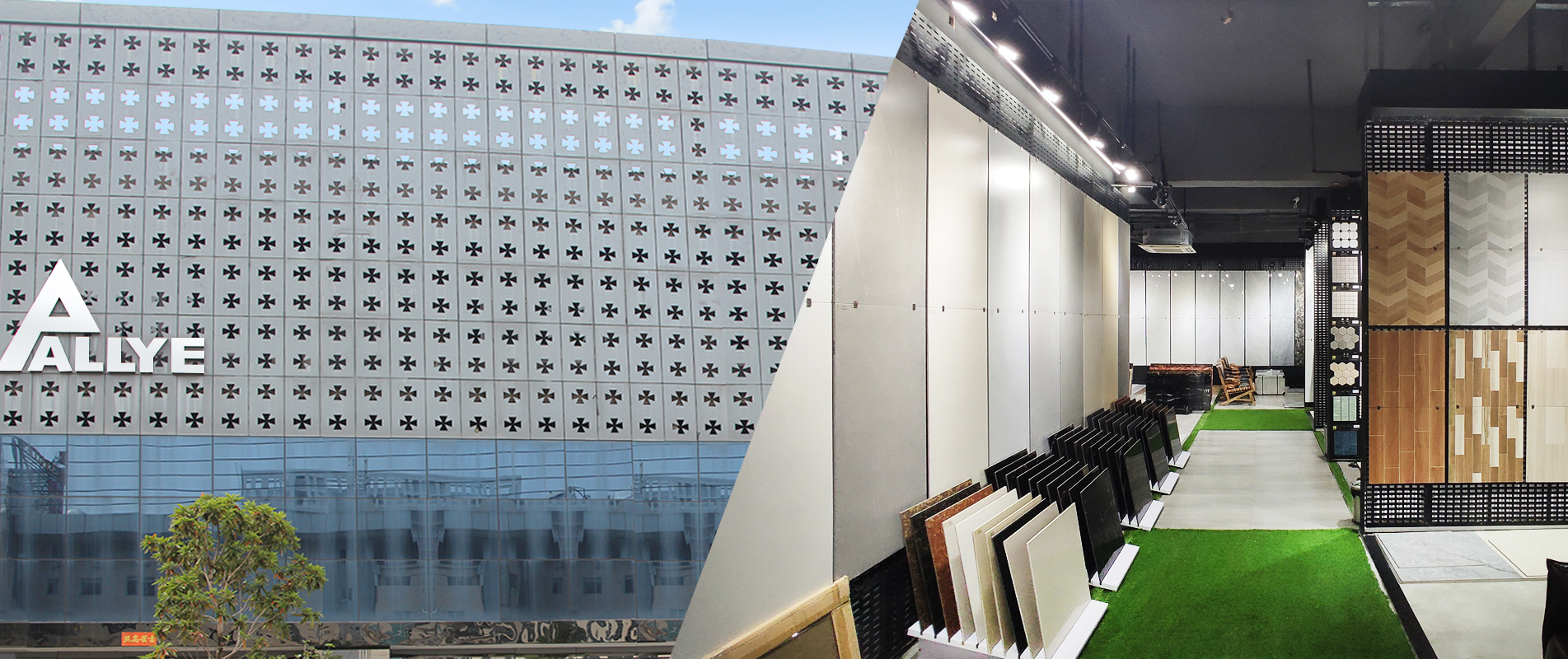Versatile Ceramic Tile For Stylish Spaces
What Is Ceramic Tile?
Ceramic tile, a familiar term to most, may need clarification for some. While a few may recall it from high school art class, others may not. Therefore, let’s have a refresher course.
Join us as we explore the fundamentals of ceramic tile, encompassing various types for homeowners, as well as the ideal places to utilize it in your home or apartment.
Should you be considering renovating your floors or incorporating ceramics into a backsplash tile design, feel free to consult our reliable tile experts to begin your project today.
What Are Ceramic Tiles Made Of?
In ancient times, ceramics were essentially clay-based materials, like pottery. For instance, earthenware pottery resulted from baking clay in a kiln at relatively low temperatures, around 1,400 degrees Fahrenheit, while porcelain tiles required much higher temperatures, exceeding 2,300 degrees Fahrenheit.
The modern definition of ceramics has expanded, thanks to technological progress. “Advanced ceramics” now encompass various materials used for diverse purposes, ranging from medical implants to refrigerator magnets.
As for the tiles themselves, they generally consist of a mixture of water, sand, and clay. Conversely, the spaces between the tiles, known as “grout,” are filled with a separate blend of water, sand, and a material resembling cement. In some cases, epoxy serves as a replacement for traditional cement in tile grout.
What Does Ceramic Tile Look Like?
The appearance of ceramic tile is remarkably diverse, offering a wide range of options, from natural stone-like appearances to an array of solid colors and sizes. Throughout your exploration of ceramic tile, you must have come across numerous captivating designs achievable with this versatile material. Let’s touch upon a few prevailing trends in ceramic tiles.
Presently, natural stone designs are gaining popularity, particularly in kitchens and bathrooms. Although genuine stone can be stunning, its cost may not be feasible for everyone. However, ceramic tiles with natural stone looks offer the same aesthetic appeal without the hefty price tag. Advancements in printing technology enable incredibly realistic replication of natural stone patterns on ceramic tiles.
While hexagons and various other tile shapes experience occasional surges in popularity, the majority of tiles maintain linear rectangle or square forms. To achieve precise and uniform edges in rectangular tiles, manufacturers employ machines, resulting in what is known as “rectified” tiles.
In the realm of current interior design trends, larger tiles have become more commonplace compared to smaller ones. This shift is beneficial for renters and homeowners in bustling cities, as large tiles can create an illusion of spaciousness in smaller areas. Some commonly encountered sizes for ceramic tiles include 12” x 24”, 24” x 24”, and 12” x 48”.
Types of Ceramic Tile
Three distinct types of ceramic tiles are available for selection: glazed tiles, wall tiles, and floor tiles. Evaluating the advantages and disadvantages of each variety will aid in determining the most suitable option for your needs. Below, you can explore the comparisons to identify the perfect match for your requirements.
Glazed Ceramic Tiles
Ceramic tiles come in two main finishes: glazed with protective coatings, which can range from matte to glossy. Matte finishes are an excellent choice for achieving a natural stone appearance and are suitable for various applications. On the other hand, glossy ceramic tiles exude elegance and lend a polished look to any space. These glossy finishes are particularly recommended for wall installations.
Wall Tiles
Wall tiles find their utility in multiple applications, such as showers, backsplashes, and accent walls, among others. The diversity of tile designs available for wall tiles allows them to introduce a striking design element to any room. Additionally, they are available in sizes that are comparable to floor tiles.
Floor Tiles
As previously noted, floor tiles generally feature matte finishes. When you discover a ceramic tile that appeals to you, ensure to inquire about its suitability for floor installation. Ceramic tiles can exhibit exceptional durability when used as flooring material.
Where Are the Best Places to Use Ceramic Tile?
Rephrase the following paragraph in a different way, to avoid repetition, while keeping
its meaning:
Ceramic tiles are waterproof, which makes them a natural fit for any bathroom or shower stall, including open-concept bathrooms with perhaps a marble look.
Since they are non-absorbent and easy to clean, tiles are also popular in kitchens, where you might find them in eye-catching backsplash arrangements.
When properly treated and maintained, ceramic tile is also tough enough for outdoor use, with applications for patios, decks, lanais, and other enclosures or courtyards.







